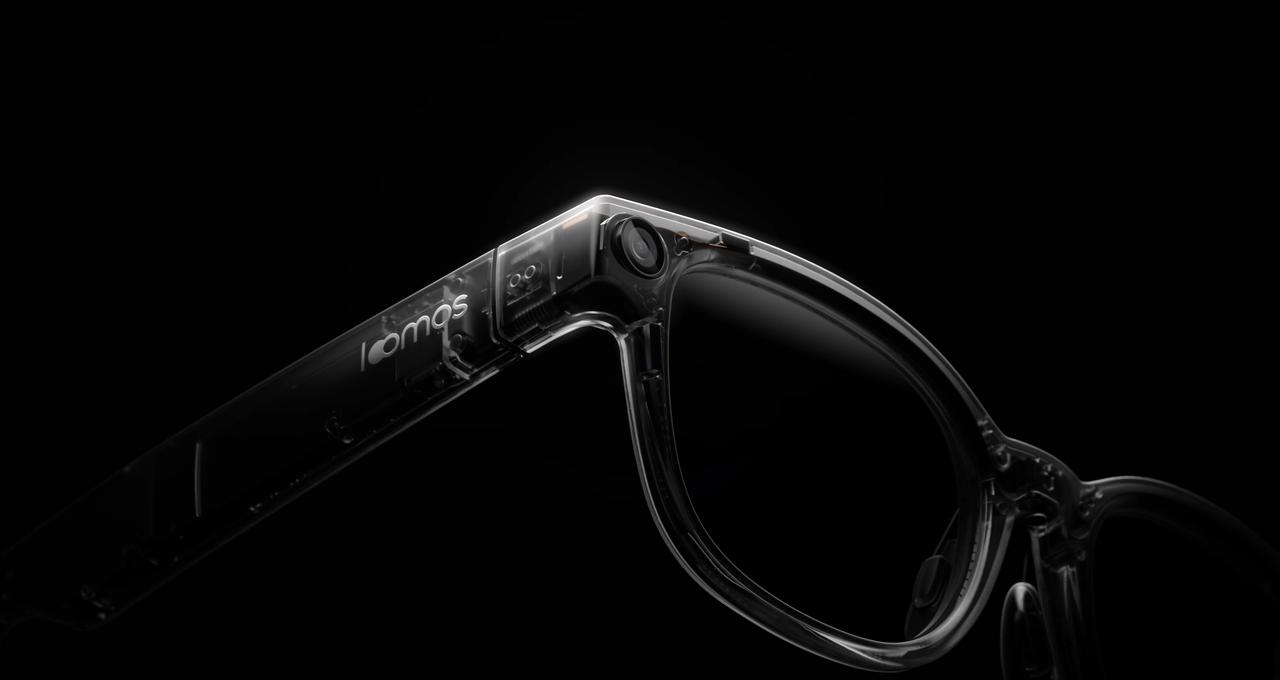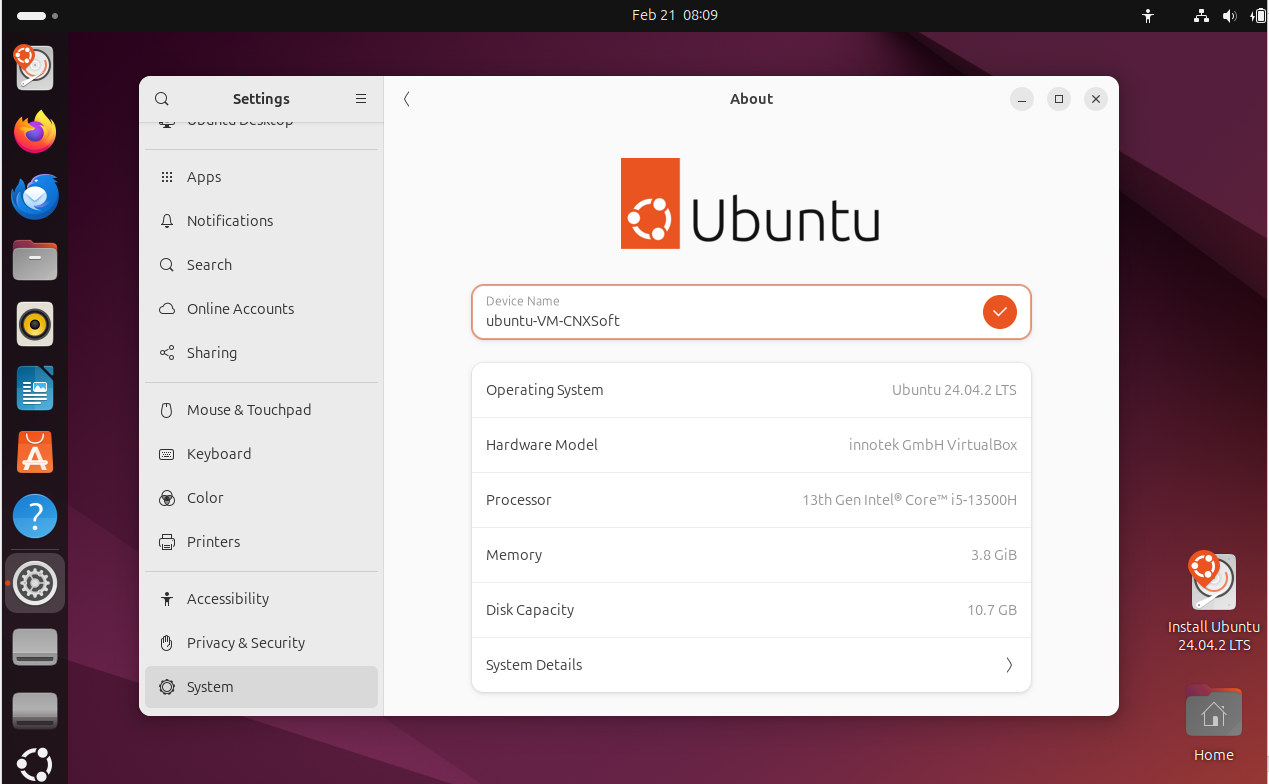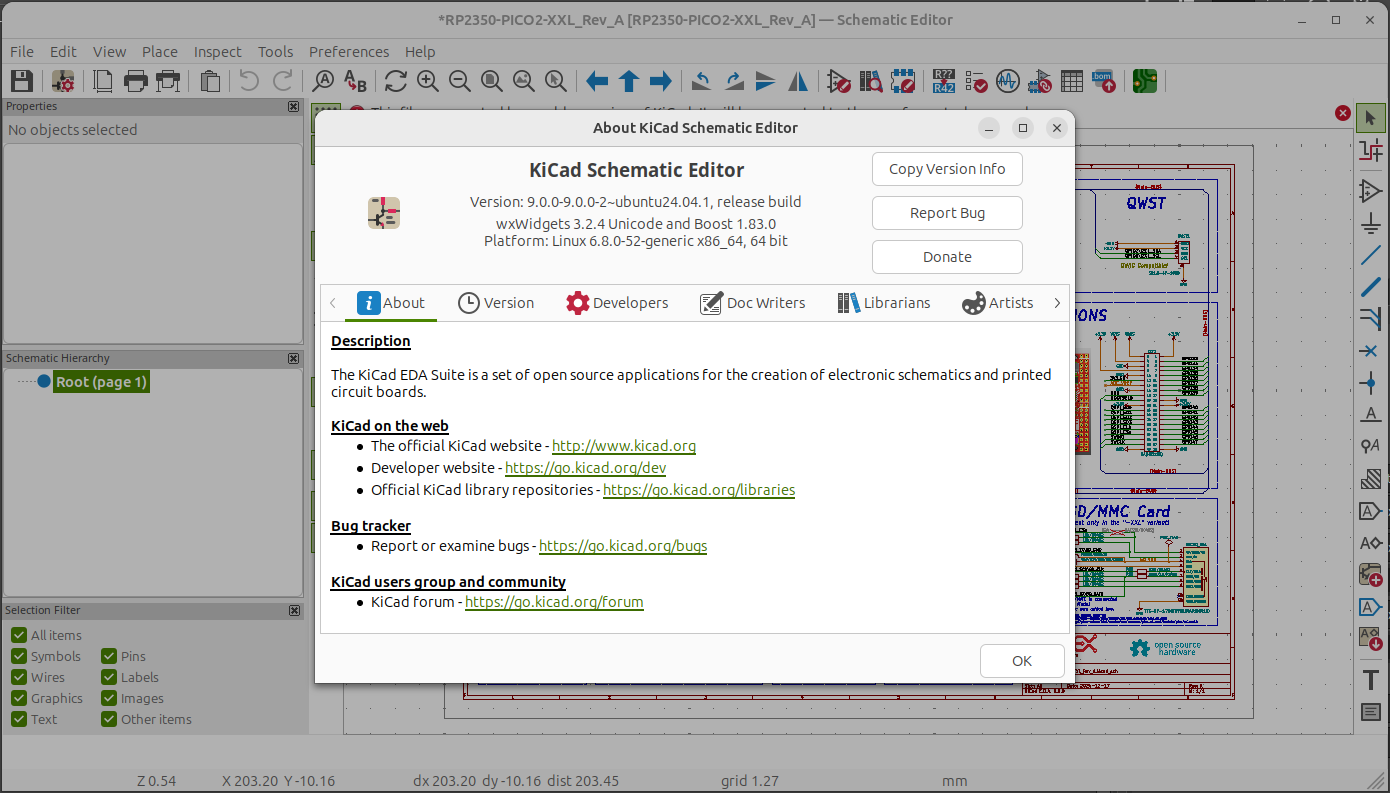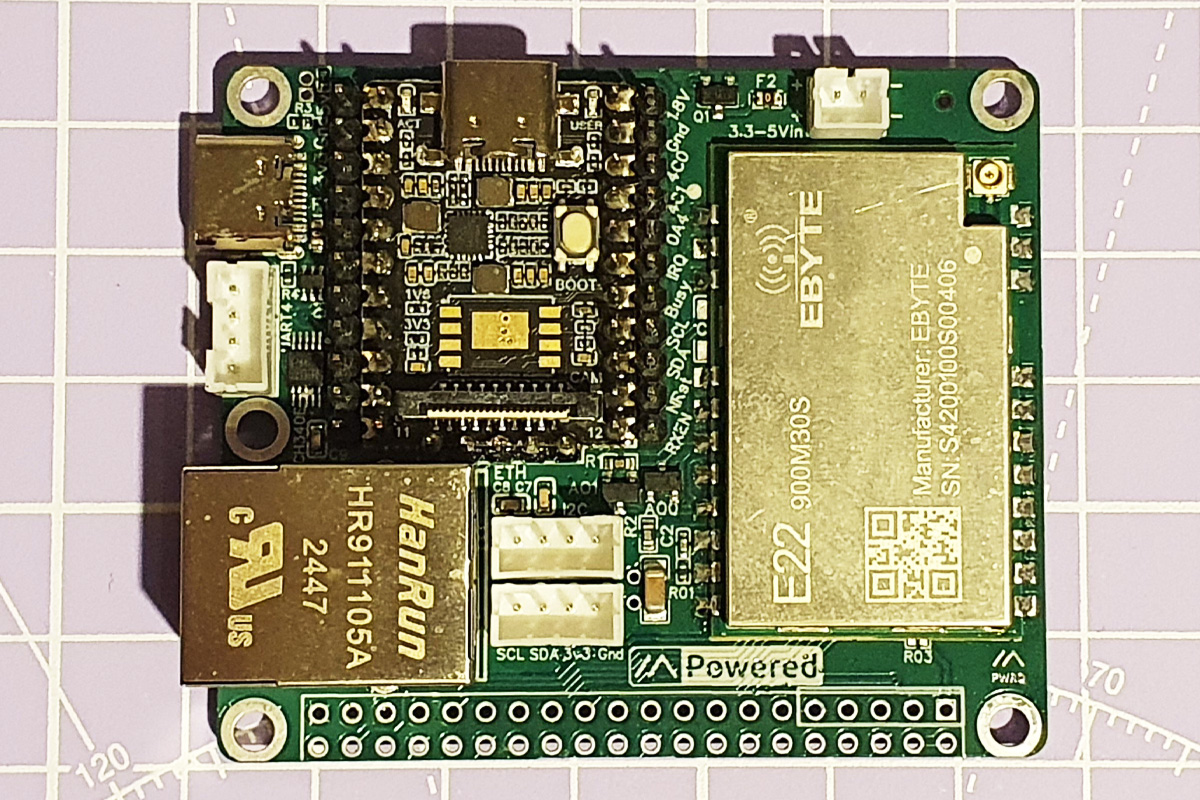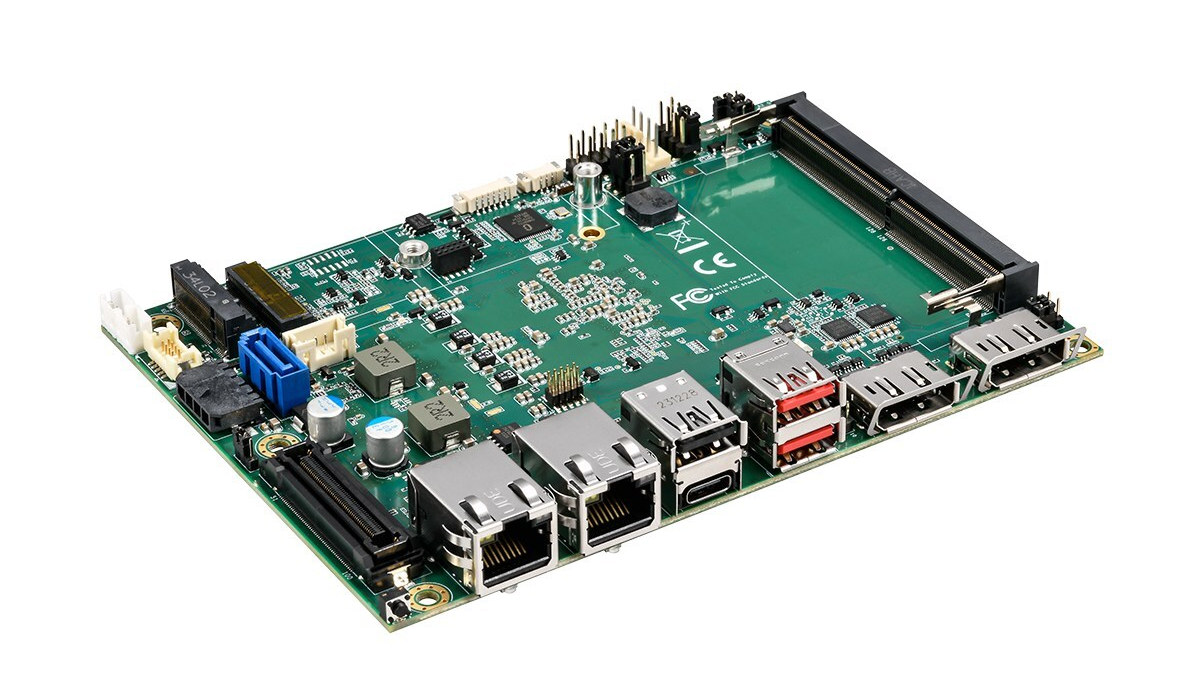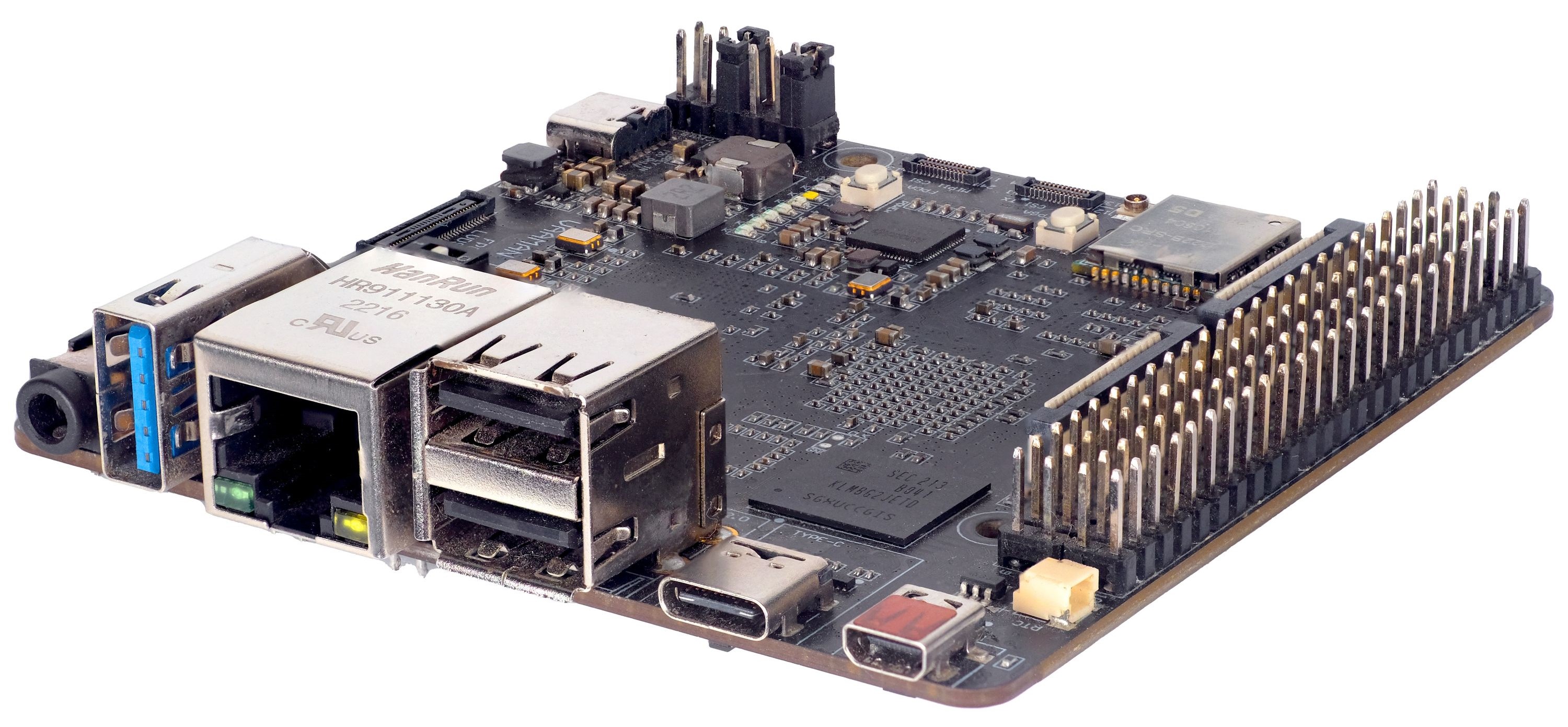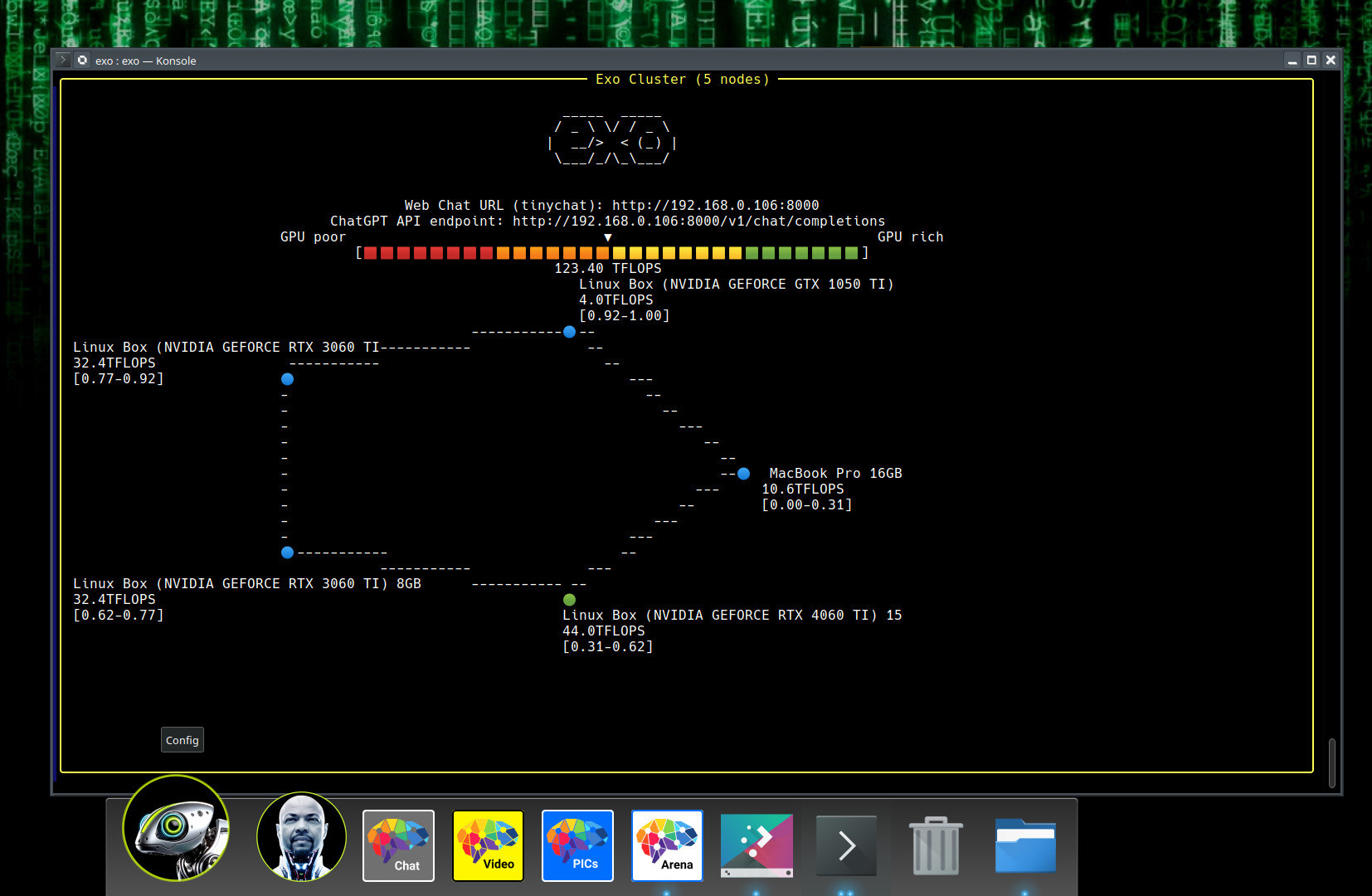Chinese power supply company, SHARGE, has launched a pair of GPT-4o-powered smart glasses with a 16-megapixel camera capable of capturing 4K photos and 1080p videos. Like the Looktech AI glasses and Meta Ray-Ban series, the Loomos AI smart glasses have no onboard display. Instead, they feature a microphone array, onboard speakers, and side buttons for user control and feedback. The Loomos glasses are powered by a 2.0Ghz UNISOC quad-core processor and come integrated with the multi-modal GPT-4o for real-time AI assistance. The stated battery life is much more impressive than the competition at 40 hours of standby time (from a 450mAh battery). The company also offers a 6,500mAh neckband power bank for uninterrupted all-day wearing. The company promises security and privacy with the glasses. Data is processed anonymously with TLS encryption and users retain full control of their data. The glasses also include an indicator light to alert people around […]
Ubuntu 24.04.2 released with Linux 6.11 kernel and hardware enablement stack
Ubuntu 24.04.2 has just been released with Linux 6.11 kernel and hardware enablement (HWE) stack. I would typically not care too much about a point release, but our reviews of mini PCs have shown Ubuntu 24.04 with Linux 6.8 was not always well supported with recent mini PC, mostly due to issues with WiFi or Bluetooth, but sometimes it’s even worse. The most common problem I encountered was that MediaTek MT7922-based WiFi 6 and Bluetooth 5.3 module would not support Bluetooth on Ubuntu 24.04 unless we updated the Linux kernel to version 6.10 or newer. Mini PCs with recent processors like the Khadas Mind 2 AI Maker Kit based on Intel Core Ultra 7 258V AI SoC required even more tweaks for HDMI audio, GPU, and WiFi + Bluetooth which is why I tested it with Ubuntu 24.10 instead. Ubuntu 24.04.2 should solve all of those issues. The announcement explains […]
KiCad 9 released with support for embedded files, tables in schematics, custom ERC/DRC errors, mouse scroll wheel actions, and more
KiCad 9 open-source EDA software has just been released with a range of new features such as support for embedded files (fonts, 3D files, PDF), tables in schematics, custom ERC/DRC errors, warnings, and exclusion comments, mouse scroll wheel actions, multiple track drag, and much more. The latest KiCad 9.0.0 release includes 4,870 unique commits from hundreds of developers and translators, and the KiCad library has further gained 1500 new symbols, 750 new footprints, and 132 new 3D models. There are way too many changes to list them all here, so I’ll mention some highlights here: Jobsets (predefined output jobs) – Feature that provides predefined sets of ‘jobs’— plotting, exporting, and running DRC—on schematics and PCBs. Independent jobset files are reusable as users may want to create output pipelines that they can apply across their projects for consistency. Jobsets can be run from the command line or the KiCad GUI. Embedded […]
Femtofox Pro v1 LoRa and Meshtastic development board runs Linux-based Foxbuntu OS on Rockchip RV1103 SoC
The Femtofox Pro v1 kit is a compact, low-power LoRa and Meshtastic development board running Linux specially designed for Meshtastic networks. Built around the Luckfox Pico Mini (Rockchip RV1103) SBC, this compact development platform supports USB host/device functionality, Ethernet, WiFi over USB, GPIO interfaces, I2C, UART, and a real-time clock (RTC). The most unique feature of this board is that it operates at very low power (0.27-0.4W), making it ideal for solar-powered applications. Additionally, Femtofox supports native Meshtastic client control, USB mass storage, and network reconfiguration via a USB flash drive. It also includes user-configurable buttons for WiFi toggling and system reboot, enhancing its usability. These features make Femtofox particularly useful for applications such as emergency response and off-grid messaging. Femtofox Pro v1 kit specifications Mainboard – Luckfox Pico Mini A SoC – Rockchip RV1103 SoC CPU – Arm Cortex-A7 processor @ 1.2GHz + RISC-V core Memory – 64MB DDR2 […]
LLMStick – An AI and LLM USB device based on Raspberry Pi Zero W and optimized llama.cpp
Youtuber and tech enthusiast Binh Pham has recently built a portable plug-and-play AI and LLM device housed in a USB stick called the LLMStick and built around a Raspberry Pi Zero W. This device portrays the concept of a local plug-and-play LLM which you can use without the internet. After DeepSeek shook the world with its performance and open-source accessibility, we have seen tools like Exo that allow you to run large language models (LLMs) on a cluster of devices, like computers, smartphones, and single-board computers, effectively distributing the processing load. We have also seen Radxa release instructions to run DeepSeek R1 (Qwen2 1.5B) on a Rockchip RK3588-based SBC with 6 TOPS NPU. Pham thought of using the llama.cpp project as it’s specifically designed for devices with limited resources. However, running llama.cpp on the Raspberry Pi Zero W wasn’t straightforward and he had to face architecture incompatibility as the old […]
Kontron 3.5″-SBC-AML/ADN 3.5-inch Amston Lake/Alder Lake-N single board computer offers three DisplayPort video outputs
Kontron 3.5″-SBC-AML/ADN is a 3.5-inch single board computer powered by either Intel Amston Lake (Industrial grade) or Alder Lake-N (commercial grade) processor and designed for applications such as automation, healthcare, smart city, and smart retail. It builds upon the smaller Kontron 2.5”-SBC-AML/ADN Pico-ITX SBC with many of the same features, but replaces eMMC flash storage with an M.2 SATA/NVMe socket and a SATA connector, features DDR5 SO-DIMM memory instead of soldered-on LPDDR5, and the larger PCB size allows it to gain an extra DisplayPort connector, a USB 2.0 Type-A port, additional serial ports, and a board-to-board (B2B) connector for expansion. It also supports a wider 9 to 36V DC range. Kontron 3.5″-SBC-AML/ADN specifications: SoC Standard Intel Atom x7211RE dual-core processor up to 3.2GHz with 6MB cache, 16EU Intel UHD graphics; TDP: 6W Intel Atom x7433RE quad-core processor up to 3.4GHz with 6MB cache, 32EU Intel UHD graphics; TDP: 9W Intel […]
Vaaman reconfigurable edge computer features Rockchip RK3399 SoC and Efinix Trion T120 FPGA (Crowdfunding)
Vaaman is a reconfigurable single-board edge computer that integrates a Rockchip RK3399 hexa-core ARM processor with an Efinix Trion T120 FPGA, offering a reconfigurable platform for edge computing applications. The board combines the flexibility of an FPGA with the raw power of a hard processor to create a system capable of adapting to varying computational demands in real time. The compact SBC features the Rockchip RK3399 hexa-core processor with two Cortex-A72 cores and four Cortex-A53 cores, as well as an Efinix Trion T120 FPGA with 112,128 logic elements, interlinked with RK3399 via a high-speed 300Mbps bridge (but it’s unclear how this is implemented). It is billed as a “Raspberry Pi-style board for the FPGA world” that can be used for cryptographic acceleration, software-defined radio (SDR), digital signal processing, real-time robotics, real-time video processing, edge AI deployments, industrial automation, and hardware prototyping. It features a 40-pin Raspberry Pi-compatible GPIO header and […]
exo software – A distributed LLM solution running on a cluster of computers, smartphones, or SBCs
You’d typically need hardware with a large amount of memory and bandwidth and multiple GPUs, if you want to run the latest large language models (LLMs), such as DeepSeek R1 with 671 billion parameters. But such hardware is not affordable or even available to most people, and the Exo software works around that as a distributed LLM solution working on a cluster of computers with or without NVIDIA GPUs, smartphones, and/or single board computers like Raspberry Pi boards. In some ways, exo works like distcc when compiling C programs over a build farm, but targets AI workloads such as LLMs instead. Key features of Exo software: Support for LLaMA (MLX and tinygrad), Mistral, LlaVA, Qwen, and Deepseek. Dynamic Model Partitioning – The solution splits up models based on the current network topology and device resources available in order to run larger models than you would be able to on any […]


